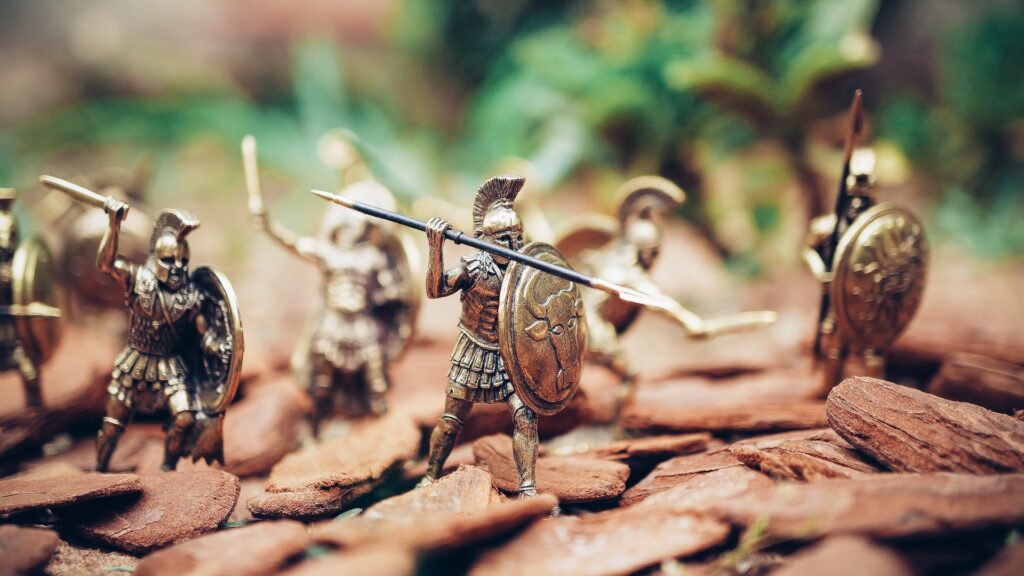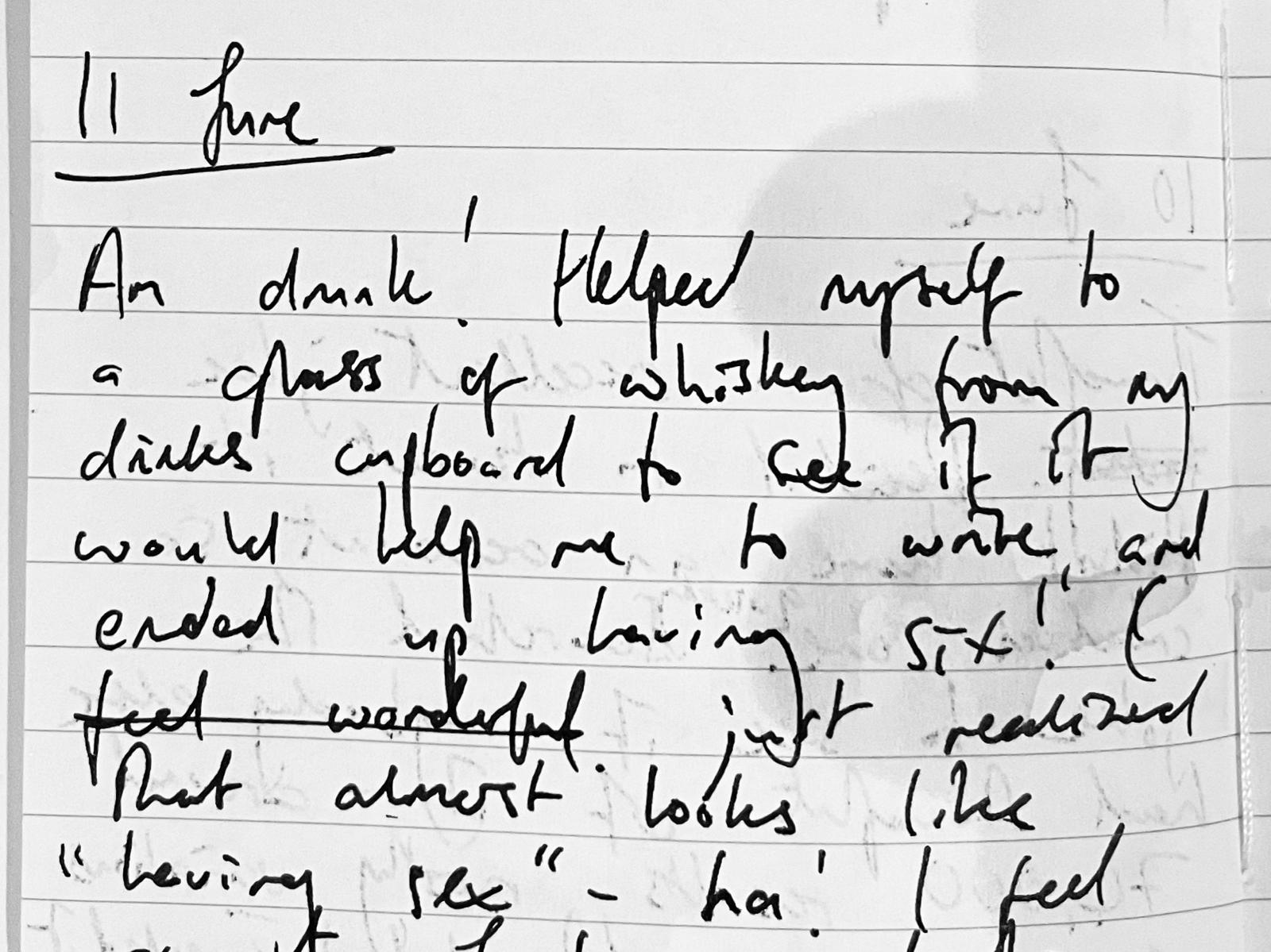
Between Pen and Sword: The Secret to Writing Great Fight Scenes

Hand-to-hand combat in any story must be a powerful narrative clash between passion and action, where the writer transforms words into swords and pages into battlegrounds.
A good fight scene can unleash an overwhelming number of emotions in the reader. Masterfully narrated combat has the power to make the reader experience every stroke first-hand.
So, let’s explore the basics of writing fighting sequences in your stories, how to keep your readers on edge, and give you some recommendations to thrill, engage, and leave a lasting impact on your readers.
What makes a good fight scene?
Writing a compelling fight scene isn’t all punches and kicks, nor is it sharp katanas or firearms.
In fact, fight scenes are made up of classic narrative elements such as tension, anticipation, rhythm, and coherence. Let’s see how you should use them:
Narrative tension
Tension is a key element to maintaining the reader’s anticipation.
The feeling of imminent danger, the threat to the players in combat, and the consequences of defeat are what drive tension.
If there is no tension in the story, your fight scenes will be safe, with no stakes. Without stakes, a reader won’t want to keep reading.
Anticipation
We can understand anticipation by asking questions like Who will win? What happens if the character fails? What actions will they take if injured?
The unknown makes the reader excited and nervous enough to care about the outcome.
The process of establishing anticipation involves instilling doubts in the reader and propelling the narrative towards a satisfying resolution of the conflict, irrespective of the circumstances.

Rhythm
The rhythm is the flow and swiftness of the narrative. In fight scenes, the utilization of rhythm plays a pivotal role in conveying the level of intensity and urgency.
A good rhythm will help the reader not to get bored or lost. It’s important to have both intense and calm parts so that the reader can understand and process what’s happening.
Moments of high intensity require shorter sentences and paragraphs with quick descriptions, while moments of pause allow the reader to catch their breath and delve deeper into the emotions and thoughts of the characters.
Consistency and coherence
Imagine that you read the following line in a story:
“John threw a direct blow to Jack’s belly. Anne felt a stab in her neck.”
Are Jack and Anne connected emotionally? Does Anne have empathy superpowers? Is John so bad at fighting that he ended up hitting Anne’s neck? Or was Anne’s stabbing completely unrelated to John’s blow to Jack? Is John the only assailant, or is there more than one? Are the blows simultaneous from multiple attackers, or are they sequential from only one?
Consistency and coherence refer to logic in the narration of fight scenes. Therefore, the paragraph above lacks information or context for the reader to understand what is happening.
The characters’ actions, reactions, and responses should be consistent and logical, regardless of their progression or the abilities they have acquired.
Reasons to narrate fight scenes in your novel
Whether it’s on the street, with a sword, or in a martial arts competition, fight scenes can bring some fantastic action to your stories. But, like any action, there must be a reason for it.
You can be a skilled writer crafting daring scenes of hand-to-hand combat that your readers will enjoy, but what you don’t want, is for them to ask why a scene is happening at all. For that, you need motivation for the fight scene, character development that is in line with what you want your fight scenes to achieve, and ensuring it is essential to how the story develops.

Motivations
A character’s reason for fighting can be linked to their internal or external motivations and is often linked to their background or a personality trait. Examples of this could include:
- A boxer who fights might be motivated by a desire to prove they’re still as strong as they were in their youth, or to prove that they have what it takes to defeat their nemesis in the ring.
- A paladin who fights might be motivated by a personal oral code to defend their honor or protect the weak.
- A mercenary who fights for money might be motivated by a past trauma that led to their disaffection with society, or as a need to provide for their family..
Character development
Combat can be a key point for character development. There should be real, measurable consequences for winning or losing. Readers must invest in the outcome, and that outcome must have an effect on how they perceive or understand the character.
Impact on the plot
Fight scenes must also have relevance and impact on the plot.
A fight with no impact on the plot is a distraction, regardless of the physical consequences for the characters. It’s the equivalent of watching filler episodes in your favorite TV shows.
You never want readers to feel like a fight scene is just a means to delay the arrival of better plot points. A fight should have a purpose, be intentional, and drive the narrative forward.
Research before writing
My storyline and motivations for writing a fight scene in my book are already in place. What’s missing?
Research is the least glamorous part of writing fight scenes, but we can’t dodge it. You want your combat sequences to be believable as possible, and unless you’ve had first-hand experience in medieval swordplay or interplanetary starship battles, chances are, you’re going to need to put some time in.
Research also helps you show, rather than tell. Take a moment to read the following line:
“Jack applied an Ude-Garami in response to John’s attack.”
If readers are unfamiliar with the martial art of judo, a line like the above will force them to put your novel aside and Google what Jack is supposed to be doing in this scene. This will interrupt the reading flow and make it seem like a chore, instead of something the reader is enjoying.
Researching fighting styles will not only allow you to learn techniques and moves but also let you describe them. You don’t have to go into the ring for yourself to write what it’s like.

5 rules for writing fights
In my experience, there are five key rules you can follow to show a good fight in your novel.
1. Law of action and reaction
Every action results in a reaction.
Every blow should cause pain, whether it is physical, emotional, or mental. A hard blow can cause damage, a light blow might lead to underestimating an opponent, or a blow from someone you care about could be emotionally hurtful more than physical.
2. Describe sensations
When characters are fighting, they experience a range of emotions, from pain and adrenaline, to excitement, anger, and fear. An opponent accustomed to fighting will not feel the same emotions as someone who rejects violence but has no choice but to fight.
A useful resource for finding the right feeling is The Emotion Thesaurus: A Writer’s Guide To Character Expression.
3. Take care of the adjectives you select
The simple act of punching with a fist can be turned into an exciting one by a skilled writer. Choose your words carefully. Don’t stop at describing the movements, and if possible, read a book about specific combat techniques. Familiarize yourself with the terminology used to describe specific ways of fighting and the damage it can cause.
4. Maintain the balance of the action
Remember to describe your fights logically and coherently. An unstoppable sequence of blow after blow is no good if there is no impact on the narrative.
5. Review and change
This rule applies to everything: ask your beta readers for their comments. Mention what you want to achieve with a fight description. Revising and changing your text as often as necessary will help you achieve the desired reaction from your readers.
Remember that writing fight scenes, despite these rules, is still an artistic expression in which each writer has his or her own unique voice and perspective. Take the time to read the fight scenes that excited you in your favorite novels and explore how and why they made you feel something. Reading and learning from others is always the best way to grow as a writer.
































